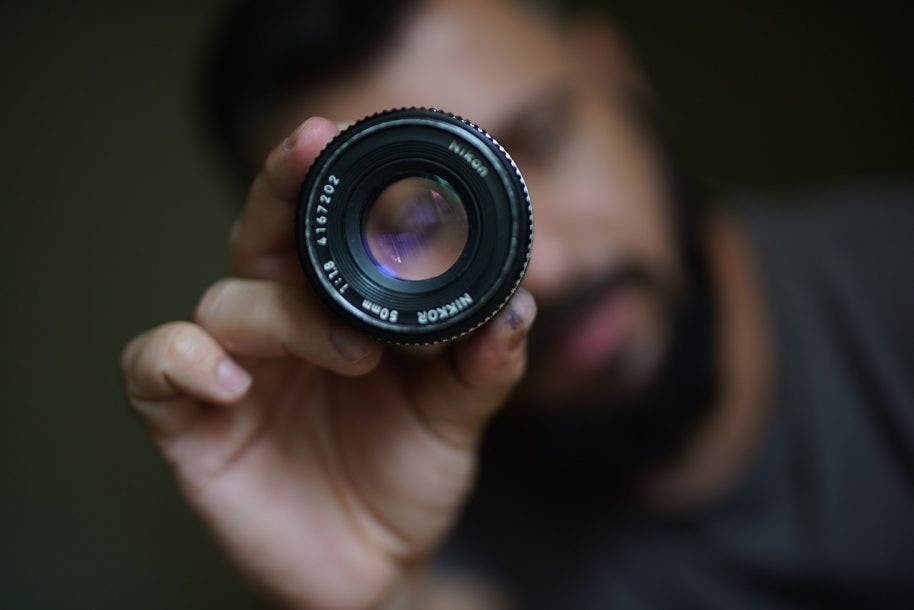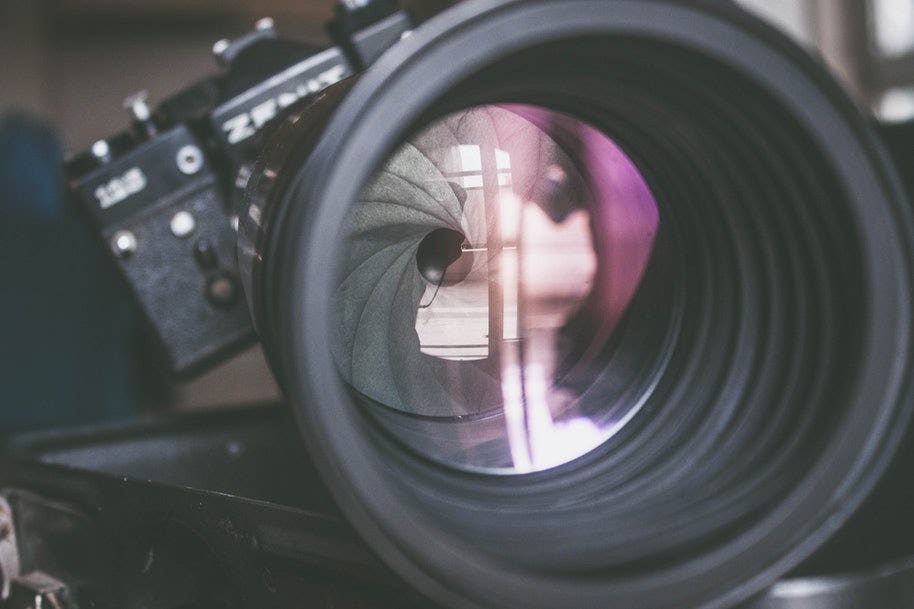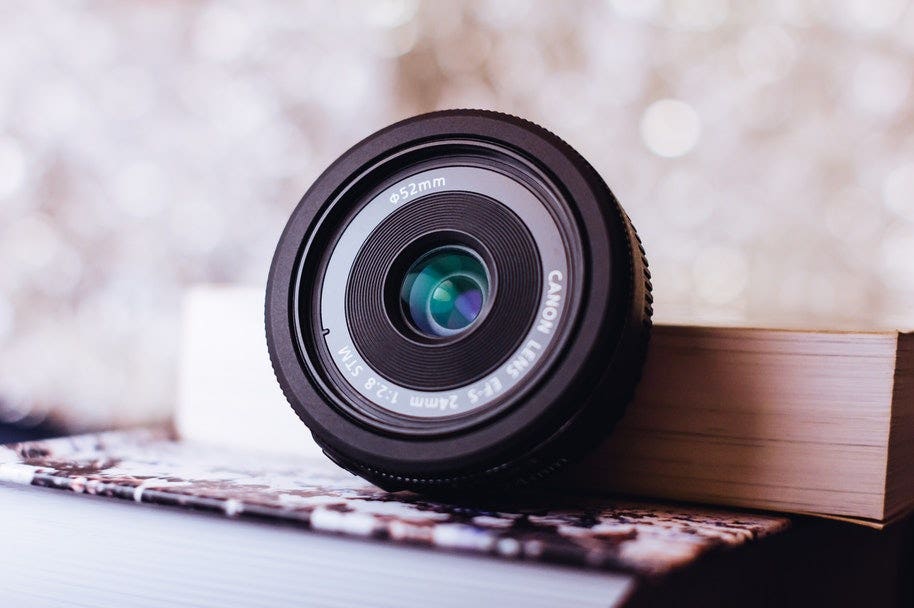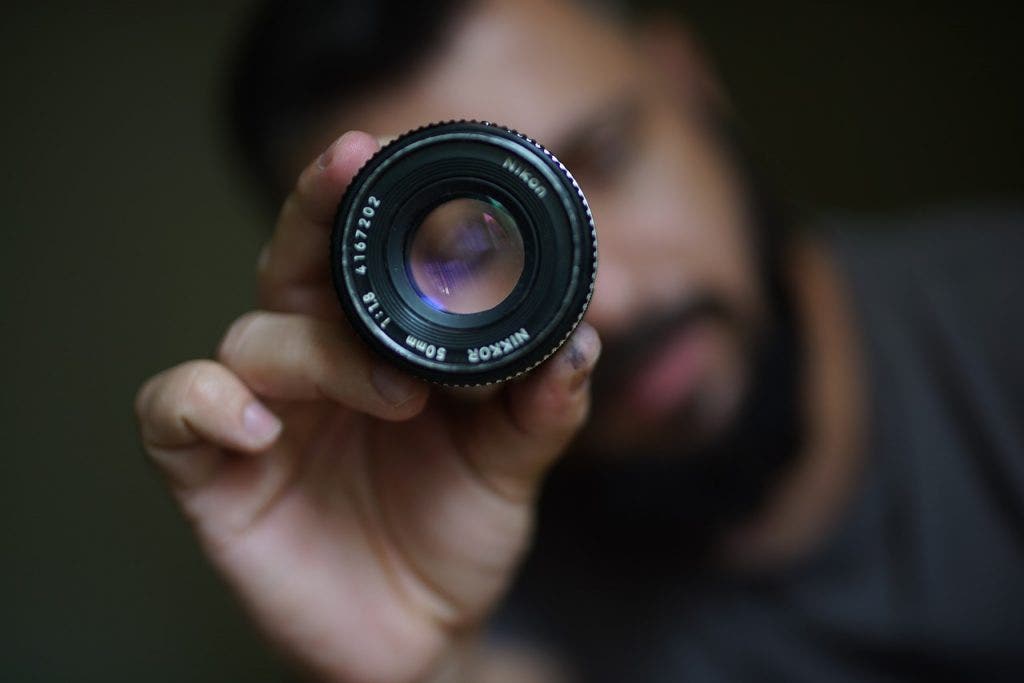
To get a zoom lens or a prime lens for your camera? That is the question that haunts many budding photographers looking to expand their lens collection.
It’s a hard decision and there’s no right answer. Prime and zoom lenses each come with their own unique advantages so the decision ultimately comes down to what works best for you.
But to help you decide which camera lens you want to add to your kit next, we’ve written out the key differences, advantages, and disadvantages of each.
Prime vs zoom lenses: What’s the difference?
The main difference between prime lenses vs zoom lenses is in the focal length. Prime lenses have a single, fixed focal length (commonly called fixed lenses) while zoom lenses have multiple focal lengths.

Having a fixed focal length on a prime lens means you can’t stay in one position and zoom in on your subject. If you want a closer look, you need to move physically closer.
On the other hand, with a zoom lens you can play around with different lengths to compose your shot. To zoom in or out, you just rotate a ring on the lens barrel.
Most professional photographers will carry both types of lenses because each comes with its own strengths and weaknesses.
The focal length: fixed vs zoom
The best thing about a zoom lens is its ability to shoot at a variety of focal lengths (measured in millimetres).
A prime lens can have a focal length anywhere between 12mm and 5200mm, but that length doesn’t change, whereas with zoom lenses, the lenses are capable of capturing multiple focal lengths within a certain range.
That means you can add variety to your photos or change perspective without needing to physically move. This versatility is particularly useful for photographers who like to travel light.
The aperture: low light photography and depth of field
Because prime lenses don’t need additional parts to allow for zooming, they can have wider apertures than zoom lenses. Prime lenses can often have maximum apertures of f/2.8 to f/1.2. To find an aperture this wide in a zoom lens is uncommon and those few that are around can be costly.

With a wider aperture, it’s possible to create a shallow depth of field. This makes prime lenses particularly popular with portrait photographers wanting to create creamy bokeh backgrounds.
Wide apertures also allow for faster shutter speeds, making it possible to capture high-quality images even in low light situations.
The size and weight of zoom and prime lenses
It can be hard to compare the size and weight of zoom and prime lenses since there is such variety among each type of lens.
In general, prime lenses are likely to be more compact, especially if they have a wider fixed focal length, like the 24mm lens below.

Zoom lenses can contract and expand depending on the focal length in use but they still tend to be heftier since they contain more glass elements than prime lenses.
At the end of the day, if you’re looking for a combination of portability and versatility, a zoom lens might be your best choice. A single zoom lens is versatile enough that you don’t need to carry around multiple other lenses in a backpack.
But if you're willing to take up the challenge of working with a fixed, wider focal length, a small prime lens (often called a pancake lens) is your best shot.
The price difference
In the beginning, it may make sense to invest in a zoom lens that allows you to shoot more with just one lens. But as you want to expand your collection, prime lenses become the more affordable option.
Prime lenses with wide focal lengths can be quite affordable but the costs increase with the focal lengths. It may just cost a few hundred dollars for a 50mm prime lens while a 500mm prime lens could set you back thousands of dollars.
Even so, you could save money buying multiple prime lenses than buying one big zoom lens.
Zoom vs prime lens quality
Traditionally, prime lenses have always produced consistently better quality images than zoom lenses since they’re built more simply.

Zoom lenses have more optical elements, which make them more prone to chromatic aberration, abnormalities, and subtle distortion, especially at the narrower focal lengths.
The gap in quality between zoom and prime lenses is closing but at a cost. High quality zoom lenses tend to be more expensive than prime lenses.
Will you get a zoom lens or a prime lens?
As you can see, the right lens for you depends on your needs. If you’re looking for a lens guaranteed to produce high quality, even in low light, a prime lens may be the best fit. If you want a lens that offers the most versatility, a zoom lens might be your thing.
Ready to invest in your next camera lens? Whether you are looking for a Canon lens or lens for your Nikon, we have it all and don’t forget to check out our comprehensive range of camera lens accessories. Shop our range of prime and zoom lenses online at Camera House and get free delivery across Australia on orders over $49, or find a store near you to speak to one of our camera experts.
